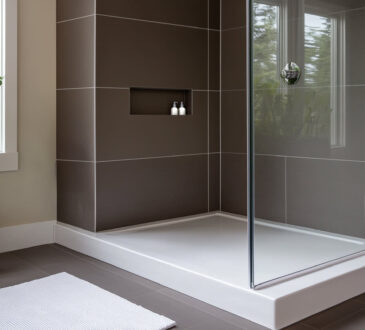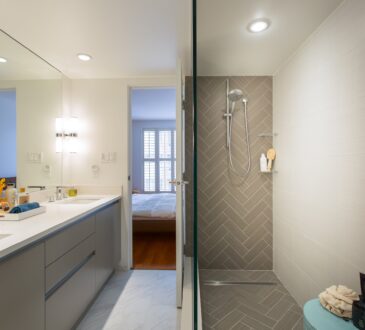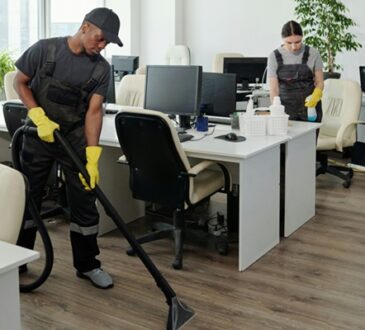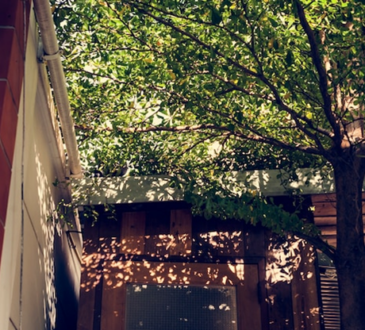
Are you tempted to cover your home with slate? We don’t blame you! Slate roofing is a traditional premium roof system that has remained beautiful and popular for hundreds of decades. Before you decide to invest in slate roofing, there are a few things you need to know.
Natural slate rock is used to make slate shingles. The tiles are hand-split, which gives them a beautiful non-uniform appearance. Slate tiles can only be installed one at a given time, unlike shingles. This requires exceptional craftsmanship and attention to detail.
The pros: Natural slate roof shingles are extremely durable and customizable. You can choose tiles in a variety of sizes and colors to create a unique, stylized look due to the way a slate roof is installed. A stylized roof is durable! In favorable conditions, slate roofs can last up to 100 years. This means that your roof will likely last for many more decades. This longevity is a great benefit!
Cons: Installing slate roofing can be a complicated process. Slate rock is very weather-resistant, but tiles made of slate can break or crack if they are not properly installed. It is important to hire a skilled and experienced roofing contractor to install your slate roof. Slate is very heavy and any structure that it covers must be designed to support this weight. This shouldn’t be a problem if your home has strong framing and all the support you need. Synthetic slate might be a good option if your home isn’t designed for this type of roofing material.
Synthetic slate shingles are made from recycled materials. They are modeled after natural slate and have chisel marks that give them the imperfect, unique look of slate rock.
The pros:Synthetic slate tiles are lighter than natural slate, so they require less structural support. This makes synthetic slate a popular choice for residential constructions. Because synthetic slate is treated with ultraviolet inhibitors, it is resistant to sun deterioration. Synthetic slate roofs, like natural slate, can be styled with different tile sizes and colors.
Cons:The downside of synthetic slate is the fact that it has yet to reach the age of its lifetime, so it is difficult to determine how long it will last. Synthetic slate tiles are the product of rigorous research and testing. However, they are still among the most innovative roofing materials on the market. Each manufacturer of synthetic slate tiles makes products differently, so it is important to rely on the expertise of your roofing contractor when selecting the right fit for your home.
This post was written by Reggie Reed! Reggie is a state-certified roofing contractor and co-owner of Reggie Reed Roofing. He is a 4th generation roofing contractor. RR Roofing offers a wide variety of roofing services for residential homes, apartment complexes, condos, commercial buildings, churches, and more. Reggie enjoys dedicating his spare time to helping underprivileged youth in his community and traveling with his family and friends.




